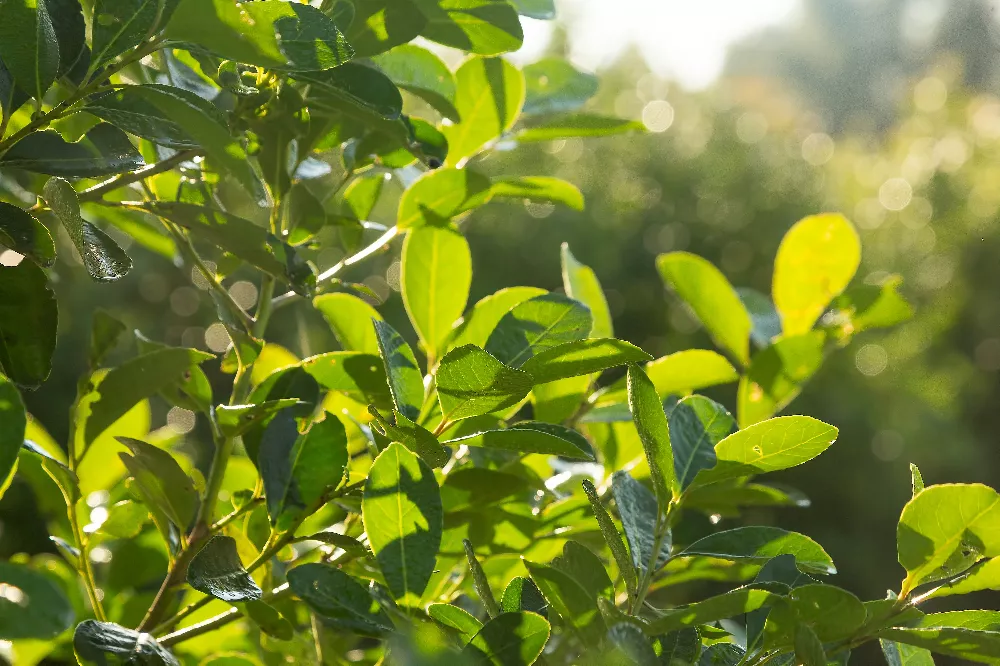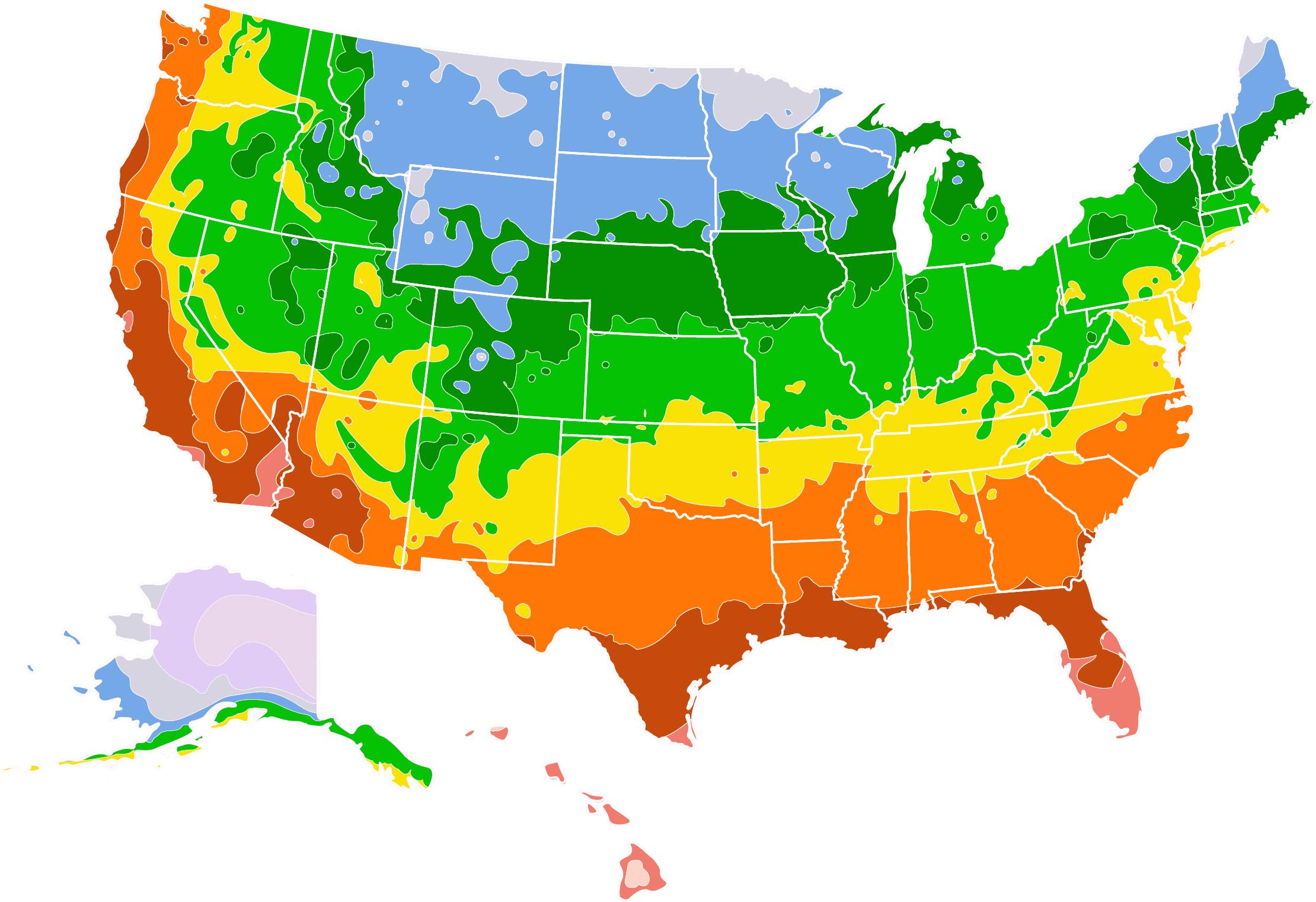- Home >
- Medicinal Plants >
- Yerba Mate Tree
Yerba Mate Tree for Sale - Buying & Growing Guide
- Ships in 1-2 days
- 1-Year Warranty Eligible
- Pots or accessories are not included unless specified in the product options.
Shipping Details:
Products shipped through FastGrowingTrees.com. Once your order is shipped, you’ll receive an email with a tracking number and estimated delivery date. Most orders will ship immediately.
The yerba mate tree, Llex paraguariensis, is one of the more fascinating plants you can grow in your garden. This attractive evergreen is grown in many parts of the world for its leaves, which contain caffeine and make a mildly stimulating drink. The drink, also called mate, has more vitamins and minerals than tea and is a good source of minerals such as potassium, iron, and manganese. It has antioxidants, as well, making it a powerhouse of good health. The leaves are leathery and glossy dark green, and, in late fall, the tree produces small white flowers that morph into red berries in spring. Although it is a subtropical plant, the yerba mate tree grows well in a container for those who live in colder climates — making it accessible to just about all gardeners in the continental U.S. If you'd like to consider this unusual tree, here are a few more reasons to help you decide:
- Mate can be served hot or cold, and it has a flavor that is similar to green tea.
- The yerba mate is a low-maintenance tree with few demands.
- This evergreen tree provides four seasons of interest in the garden.
Plant Care
Sunlight

The yerba mate tree thrives in partial to full sun — at least four hours of direct light each day.
Watering
Water your yerba mate tree weekly, Water more often if conditions are very hot or dry.
Fertilizing

Fertilize in spring and summer with a slow-release balanced product designed for landscape trees.
Planting and Care
Planting instructions
If planting outside, choose a site that is shielded from prevailing winds, with soil that drains well. Avoid planting your yerba mate tree under overhead utility wires or cables. Unpot your sapling and tease out any encircling roots, which can girdle the tree and slowly kill it. Dig a hole that’s as deep as the root ball and twice as wide. Place the tree in the hole, and, while holding it steady, fill in around it with topsoil, tamping down as you go to eliminate air pockets. Water thoroughly. Apply a 2- to 3-inch layer of organic mulch, such as bark chips, around the root zone, but keep it from touching the trunk to avoid rot.
Watering and nutrients
Water your yerba mate once a week, giving it about an inch of water at a time. If the weather is very hot or dry, increase your supplemental watering. Water a container-grown yerba mate whenever the soil 2 inches below the surface seems dry. Fertilize in the spring with a slow-release, balanced fertilizer. Increase the amount of fertilizer as the tree grows, as per package directions.
Pollination
The yerba mate tree flowers in the fall, in October and November, and the flowers are pollinated by flies, bees, and other pollinating insects. The trees are dioecious, meaning that male and female reproductive organs are on different trees. Pollinated flowers will result in small red berries in the spring. These berries are often eaten by songbirds.
Pruning
The yerba mate tree does not need much pruning. Monitor your tree for dead, diseased, or damaged limbs, and cut these out whenever you see them. The tree can be lightly pruned for shape in late winter. You may also wish to prune for size if you are growing your yerba mate in a container.
Pests and diseases
Although the yerba mate tree faces several insect pests in its native South America, few pests will bother it when grown in the U.S. A container-grown plant may experience some insect pressure from common insects, such as aphids and spider mites, but a healthy tree should be able to fend them off. The trees are also disease-resistant. However, you may see signs of root rot, which should be pruned out and your supplemental watering decreased.
Harvesting
Yerba mate leaves can be harvested once the trees are about 4 years old. They may be harvested at any time of year, but care should be taken to leave enough leaves on the tree so that it can continue to thrive. Harvest the leaves with a pair of scissors or clippers, and spread them out in a sunny spot to dry.
Achieving maximum results
For most gardeners, the yerba mate tree is grown as a container plant, since it requires warm temperatures and is only hardy down to about 30 degrees Fahrenheit. Growing your yerba mate in a container is not difficult. Choose a pot that is roughly twice the size of the root ball, with good drainage in the bottom. Plant your tree in a good-quality potting mix, following our directions above. In warm weather, the pot will do fine on a patio or porch. If the leaves get scorched, bring it to a spot with less hot afternoon sun. Keep in mind that container-grown plants need more watering and feeding than those grown in the ground and that you may need to water your yerba mate on a daily basis in hot summer weather.
FAQs
Where can a yerba mate tree be grown?
This South American native thrives in warm temperatures and can be grown in the U.S. in hardiness zones 9 through 11, which includes the southern parts of Florida, Texas, and other warmer states. In the rest of the country, however, it is easy to grow a yerba mate in a container that is brought indoors during winter or whenever the temperatures dip near 30 degrees Fahrenheit.
How big does a yerba mate tree get?
When grown outdoors and well-cared-for, a mature yerba mate may reach a height of 25 to 50 feet, with a mature width of 20 to 30 feet. It's important to note, however, that in cooler temperatures or when grown in a container, it will be much shorter.
How do I use a yerba mate tree in my landscape?
The yerba mate is an attractive tree with glossy dark green leaves and a gray-brown trunk. A mature yerba mate has a softly rounded canopy, and it may grow from a single trunk or from several. Consider using it as a specimen tree in your front or back yard, surrounded by colorful perennials that can handle the shade under its canopy. If spaced appropriately, it would be a handsome foundation planting and could add structure and form to a cottage garden.
Compare Similar Products
You can't add more Product Name - Product size to the cart.
OK









